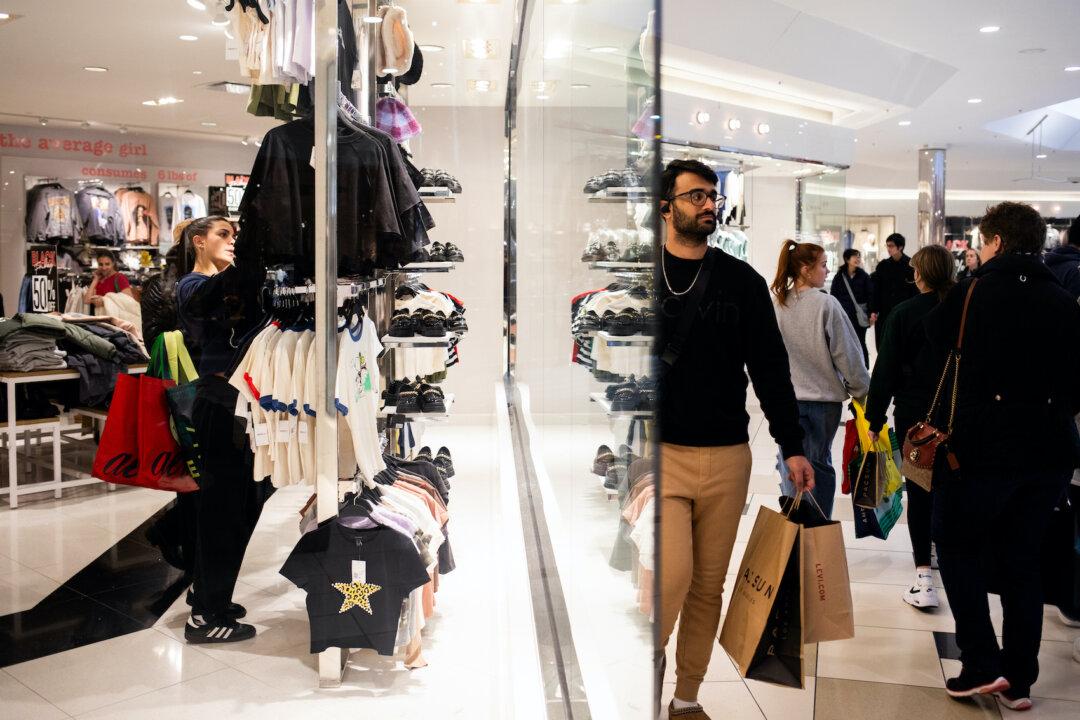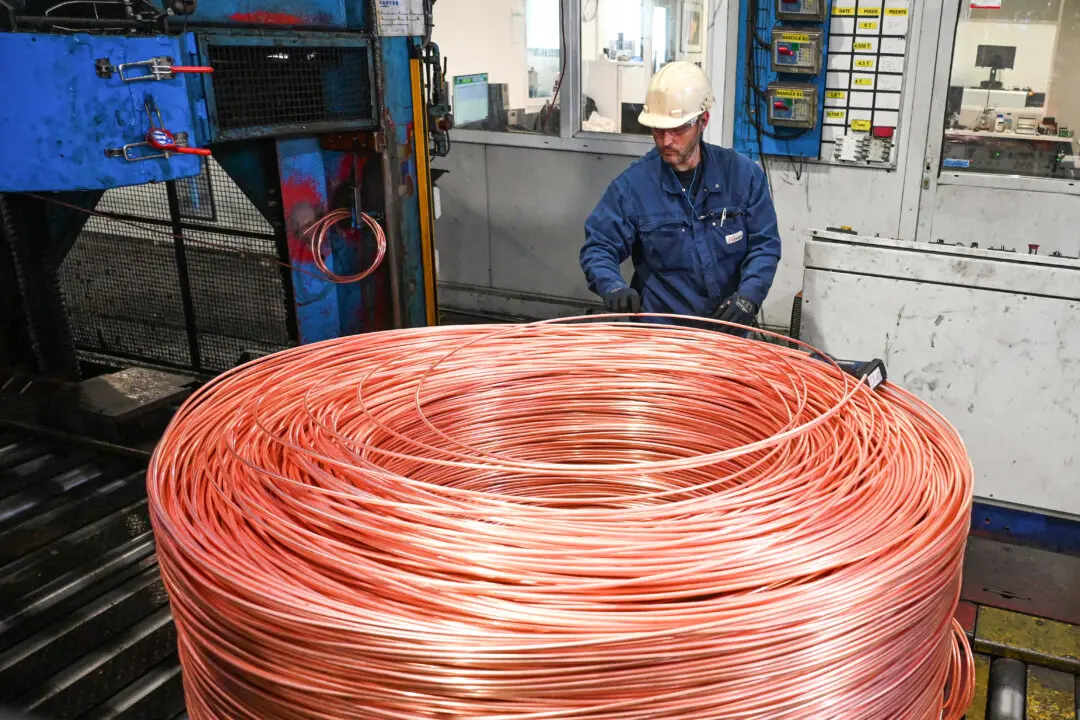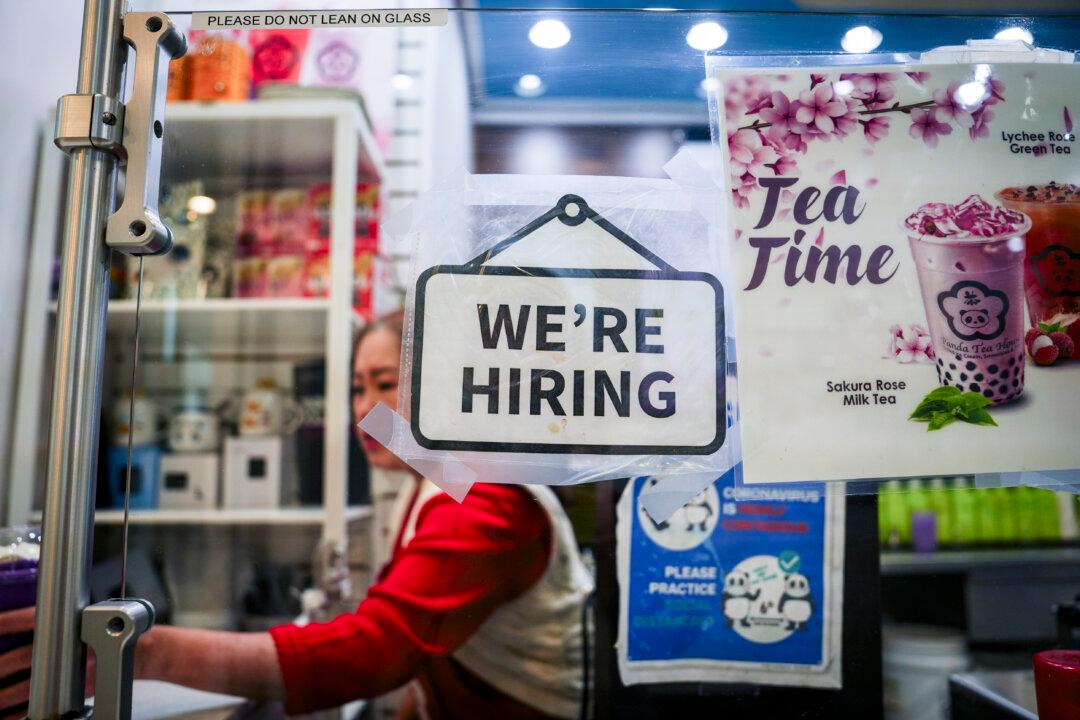Price-conscious consumers were a bit more reserved in their holiday shopping this year as above-trend inflation and higher interest rates weighed on shoppers during the most wonderful time of the year, new data show.
Retail sales rose by 3.1 percent between Nov. 1 and Dec. 24, down from last year’s 7.6 percent spike, according to Mastercard’s latest SpendingPulse report. The results fell short of the company’s 3.7 percent estimate.





